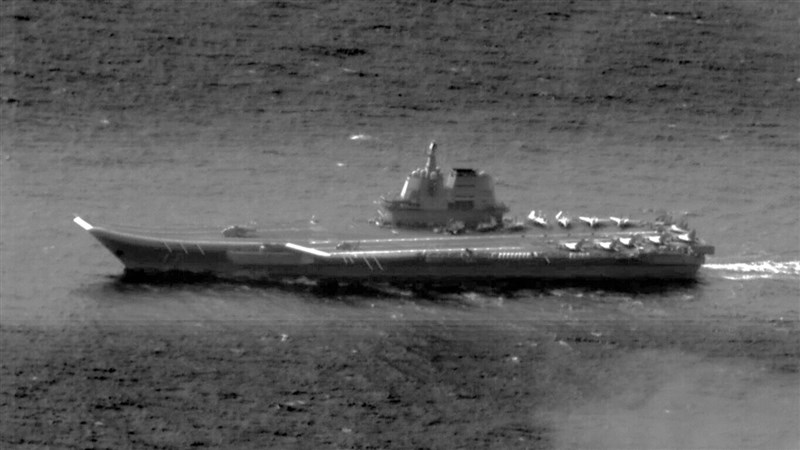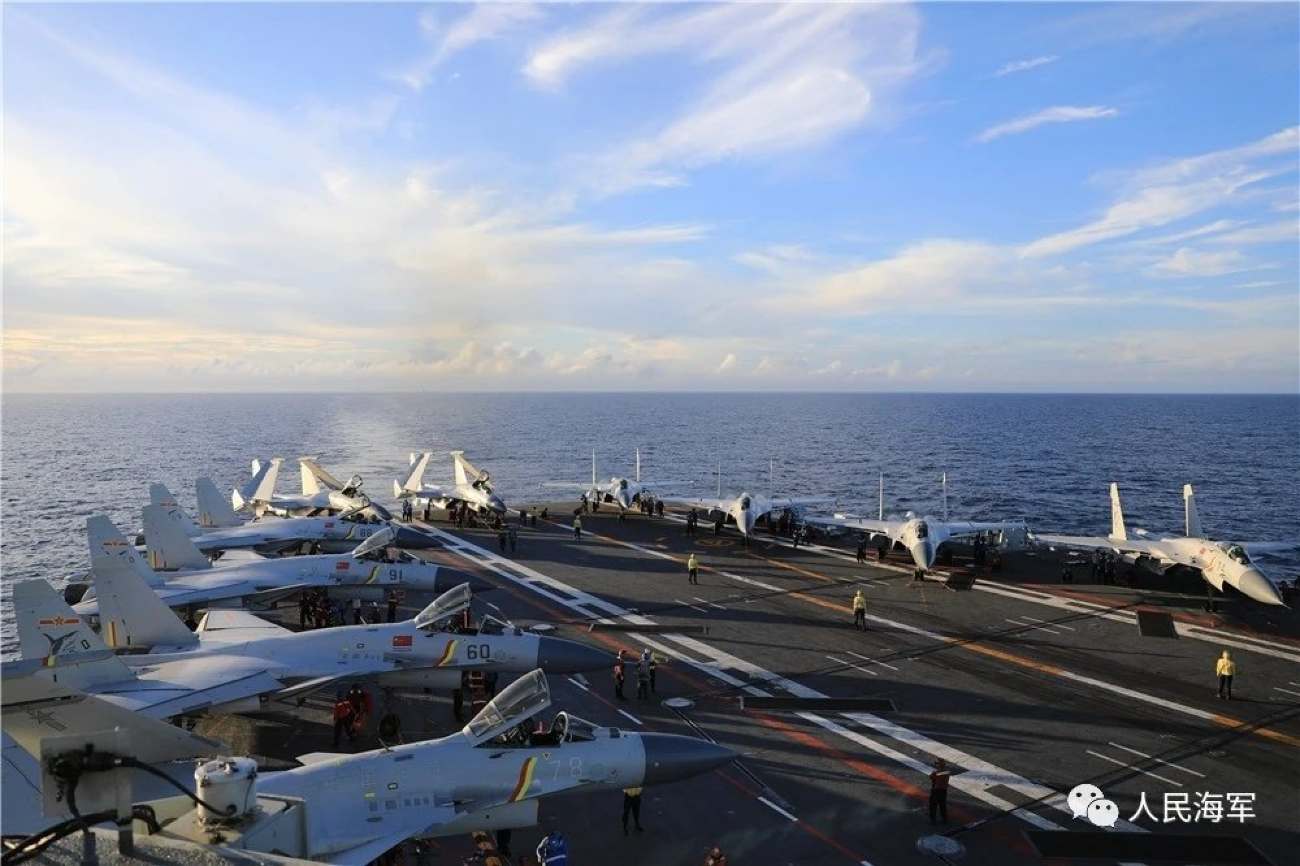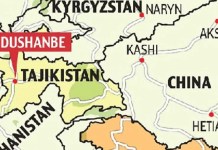While the world’s attention is fixed on US naval aircraft carriers near Israel, the CNS Shandong, a carrier of the People’s Liberation Army Navy, has recently been spotted conducting operations near Taiwan.
On October 26, Taiwan’s Ministry of National Defense issued a statement, accompanied by a photograph, announcing the passage of the Shandong carrier formation through the Bashi Channel and its entry into the western Pacific.
The Bashi Channel, situated between Taiwan and the Philippines, constitutes a vital maritime passage within the broader Luzon Strait, connecting the East China Sea and the South China Sea.
The ministry also revealed its vigilant monitoring of the People’s Liberation Army Navy (PLAN) carrier. However, the release did not specify the accompanying PLAN ships.
This marks Shandong’s third deployment in the western Pacific, with its initial deployment in April involving a 19-day operation in the Philippine Sea, followed by a subsequent five-day deployment in the same region in September.

On the morning of October 28, 2023, at approximately 7:00 AM local time, the Japan Maritime Self-Defense Force also confirmed the presence of five vessels from the Chinese People’s Liberation Army Navy operating in waters approximately 460 kilometers south of Miyako Island, Okinawa Prefecture.
These Chinese vessels included the aircraft carrier Shandong with hull number “17,” two missile destroyers of the Ruyan III class with hull numbers “164” and “173,” as well as two frigates of the Jiangkai II class with hull numbers “536” and “570,” the Japanese Defense Ministry said.
Furthermore, on the same day, the Japan Maritime Self-Defense Force observed the launch and recovery of aircraft and helicopters on the Chinese aircraft carrier Shandong.
The Japanese Ministry of Defense and Self-Defense Force also added that they carried out vigilant surveillance and gathered information on these activities using the destroyer Sazanami, part of the 4th Escort Flotilla based in Kure.
Meanwhile, on October 26, Japan’s Ministry of Defense’s Joint Staff Office (JSO) also said that a suspected Chinese unmanned air vehicle (UAV) had flown into Japanese airspace during the morning and afternoon of that day.
The UAV’s route extended from the East China Sea, traversing the airspace between Yonaguni Island and Taiwan, ultimately entering the Philippine Sea.
Subsequently, the UAV circled an area southwest of the Sakishima Islands before exiting through the Bashi Channel. The release further noted that Japan Air Self-Defense Force (JASDF) Southwest Air Command dispatched fighter jets in response to this incident.
Escalating Strain In US-China Relations
Chinese fighter jets have become more assertive in their dealings with American military aircraft, particularly near Taiwan. Simultaneously, Taipei has reported an increase in military exercises conducted in its vicinity.
Additionally, China’s coast guard has been involved in confrontations with a US security treaty ally, the Philipines, in the South China Sea, resulting in a collision incident.
Growing tensions between the US and China have strained their relations, and the lack of communication is worrying officials in Washington. They fear that a mistake could lead to a dangerous situation.
In a recent incident, the US accused China of engaging in an unsafe intercept of one of its bombers and even shared a video of the encounter. On the other hand, China also claimed that a US destroyer acted unprofessionally during an encounter near the Paracel Islands in August.

In addition to these two incidents, another recent source of tension is a conflict between the Philippines and China regarding control of a reef in the South China Sea. This situation can potentially involve the US in defense of its ally.
The limited availability of active military communication channels between the US and China has complicated efforts to reduce tensions.
In August 2022, China suspended high-level military talks with the US following a visit to Taiwan by then-House Speaker Nancy Pelosi. This decision resulted in the suspension of annual talks where American and Chinese military officials discussed ways to ensure safe military encounters at sea and in the air.
These talks were conducted under the framework known as the Military Maritime Consultative Agreement, which has been active since 1998.
Furthermore, Beijing also put on hold a communication channel between the Pentagon and the Chinese military called the Defense Policy Coordination Talks. This channel has been used to promote cooperation and address crisis management between the two nations.
- Contact the author at ashishmichel(at)gmail.com
- Follow EurAsian Times on Google News




